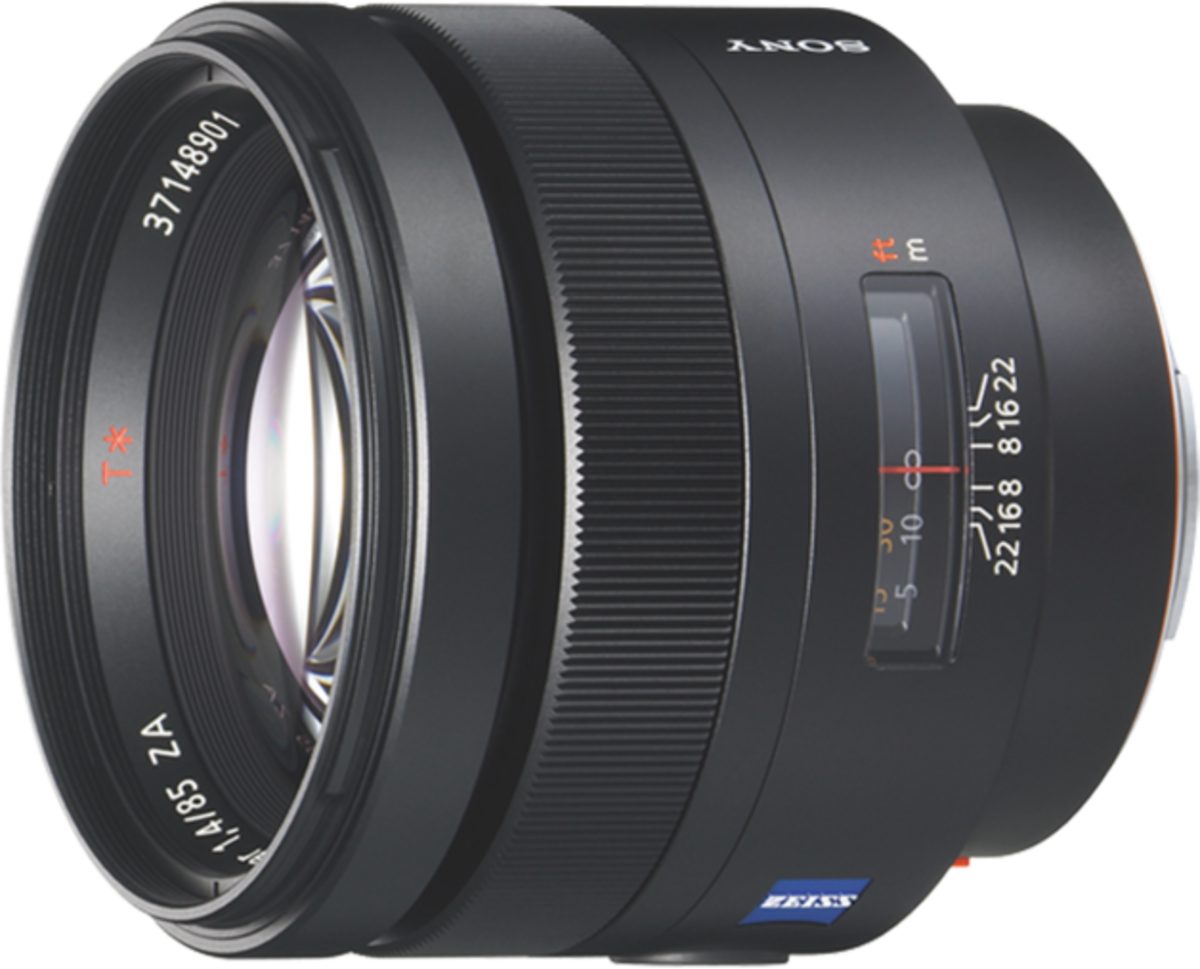

Originally founded in 1846 by physicist and mathematician Carl Zeiss as Carl Zeiss Jena, it’s first products were microscopes and other scientific instruments. A portrait of Carl Zeiss likely made sometime in the early 1880s. From cameras to turn signals, if it involved glass, there’s a good chance at some point in the 20th century, Zeiss likely had a hand in it. Although most known for their quality line of lenses, the brand Zeiss has been associated with a great deal of other products too. One of the more confusing names in collecting and writing about cameras is “Zeiss”. Later Werras would start to get more complex, somewhat negating the simplicity of these early models, but for the collector looking for a good looking but quirky camera that performs well, the Werra is an excellent choice. It was designed from the ground up to be unlike any other camera ever made, and prioritize simplicity and sleekness in a minimalist sleek body.

The Carl Zeiss Werra is an interesting camera made in Jena, East Germany as it was not labeled as a Zeiss-Ikon like Dresden area Zeiss cameras were. Viewfinder: Scale Focus Optical Viewfinder Lens: 50mm f/3.5 Novonar coated 3-elements in 2-groups Although sold as a Zeiss product, the Werra is not made by Zeiss-Ikon as it was produced in Jena, a factory who predominantly produced lenses.
#Digitalkamera mit zeiss objektiv series#
One of the most distinct features of the Werra series is that the large lens cap also serves double duty as a hood. The Werra has a minimalist design, locating most of the camera’s controls either around the shutter or to the bottom of the camera. Later versions of the Werra came with selenium meters, rangefinders, and interchangeable lenses. This is the first version in a long line of Werra cameras that were produced in a variety of configurations until 1968. This is the Werra, a 35mm scale focus camera produced in Jena, East Germany by VEB Carl Zeiss Jena starting in 1954.


 0 kommentar(er)
0 kommentar(er)
